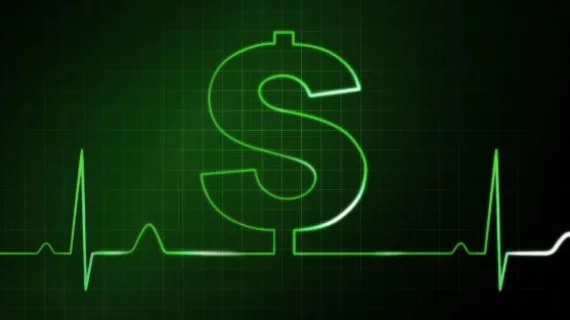CVD deaths highest in counties hit hardest by the economic recession
American counties hit hardest by the Great Recession saw a sharp increase in deaths from CVD and stroke that wasn’t mirrored in communities that experienced less economic distress, according to a new study.
Sameed Khatana, MD, a cardiovascular fellow at Penn Medicine, presented his team’s findings on Nov. 18 at the American Heart Association’s annual Scientific Sessions in Philadelphia. He and colleagues from Beth Israel Deaconess Medical Center and the Harvard T.H. Chan School of Public Health had examined county-level CV mortality rates from 2010 to 2015 and found that communities that struggled most during the 21st-century economic recession were also struck hardest by heart disease.
In addition to analyzing county-level CV death rates, Khatana et al. considered county-level values for the Distressed Communities Index (DCI)—a scale that combines seven markers of economic activity, including income, access to housing and education. The researchers developed a linear regression model to identify links between CV mortality and economic distress, adjusting for factors like insurance coverage, obesity rates and density of primary care providers.
Khatana and colleagues found that counties with the highest DCI rating at baseline also had the highest baseline cardiovascular mortality, and saw the largest increases in deaths from 2010 to 2015. Death rates remained almost unchanged in counties with the least economic distress, falling from 62.6 deaths per 100,000 residents in 2010 to 61.5 deaths per 100,000 residents in 2015.
“We found that it’s not a uniform increase—communities experiencing the most economic difficulties are the ones that are hardest-hit by heart disease deaths,” Khatana said in a release.
Areas that experienced the worst economic distress—including high unemployment, low incomes and a lack of affordable housing—saw an increase of 122 deaths per 100,000 residents in 2010 to 127.6 deaths per 100,000 residents in 2015.
“Our study shows that large economic trends—whether it’s a significant reduction in employment or a recession—have a real impact on communities and on the cardiovascular health of people living in those communities,” Khatana said. “It’s important that policymakers, physicians and even patients are aware of this increase in mortality rates. Interventions, such as policies like a health insurance expansion, may help slow this trend or even reverse it.”

